Table of Contents
Introduction
Seasonings transform ordinary dishes into extraordinary meals through flavor complexity, aroma, and balance. This guide provides clear, actionable information on essential seasoning types, their culinary applications, and expert usage techniques to help you master flavor creation in any kitchen.
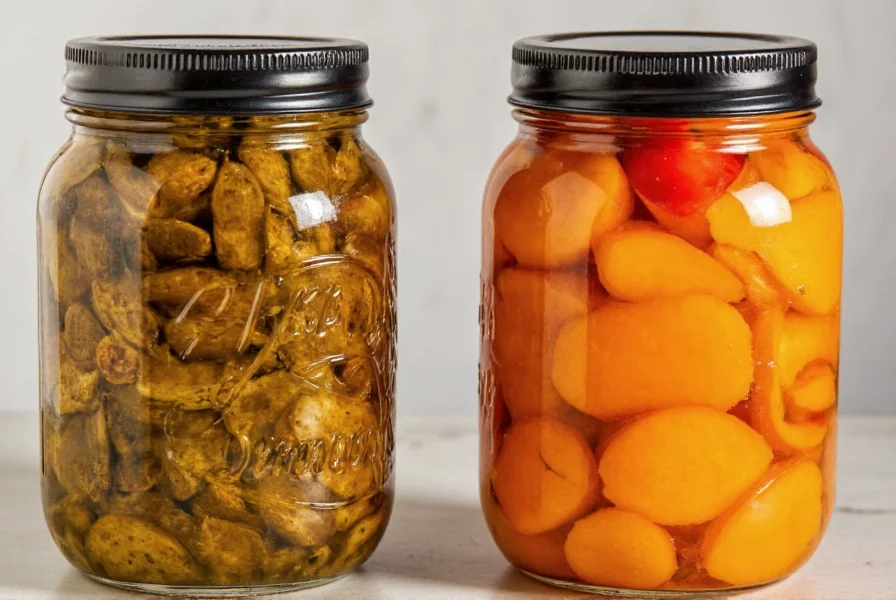
Why Seasonings Matter
Seasonings are fundamental to cooking science. They enhance natural flavors, create balance between sweet, salty, sour, bitter, and umami elements, and provide cultural authenticity to dishes. Proper seasoning technique can elevate simple ingredients into restaurant-quality meals while reducing reliance on excessive salt or fat.
Key benefits include:
- Flavor enhancement without added calories or unhealthy ingredients
- Preservation of freshness in certain foods
- Cultural connection through traditional spice blends
- Health benefits from antioxidant-rich herbs and spices
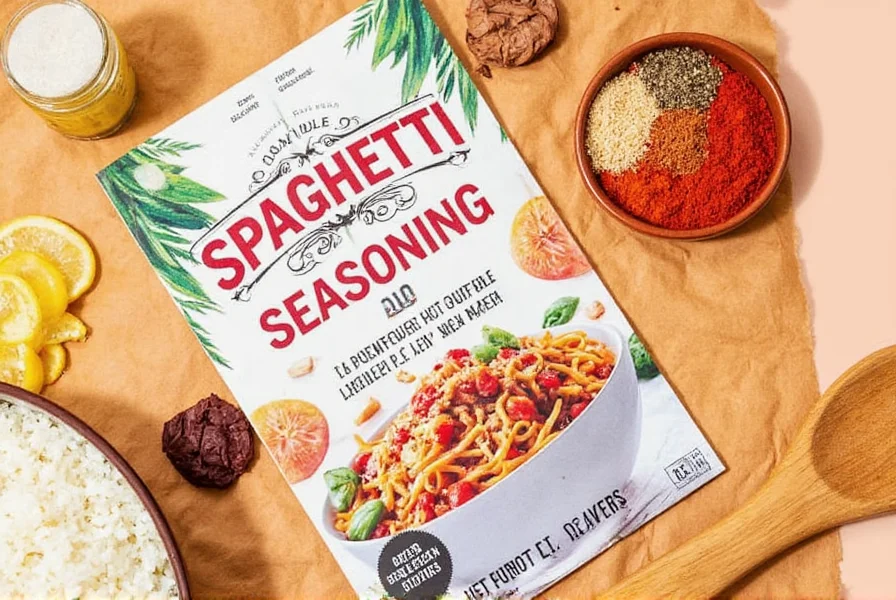
Types of Seasonings
Seasonings fall into five primary categories based on source and application:
1. Fresh and Dried Herbs
Leafy plant parts used for subtle, aromatic flavors. Fresh herbs provide bright, delicate notes while dried herbs offer concentrated intensity.
- Basil: Sweet, peppery notes; ideal for Italian dishes, tomato sauces, and pesto
- Oregano: Earthy, slightly bitter; essential for Mediterranean and Mexican cuisines
- Thyme: Lemon-herbal notes; perfect for roasted meats, soups, and stews
- Rosemary: Pine-like aroma; best for lamb, potatoes, and breads
2. Whole and Ground Spices
Seeds, roots, bark, or fruits used for bold, complex flavors. Whole spices retain potency longer but require grinding before use.
- Paprika: Sweet or smoky; enhances color and depth in rubs, soups, and roasted vegetables
- Cumin: Earthy, nutty; foundational for Mexican, Indian, and Middle Eastern dishes
- Turmeric: Earthy, slightly bitter; key for curries and golden milk
- Coriander: Citrusy, floral; balances heat in spice blends and marinades
3. Seasoning Blends
Pre-mixed combinations that simplify cooking while ensuring consistent flavor profiles.
- Italian Seasoning: Basil, oregano, rosemary, thyme; for pasta, pizza, and tomato sauces
- Old Bay: Celery salt, paprika, black pepper; classic for seafood boils
- Chinese Five-Spice: Star anise, cloves, cinnamon, Sichuan pepper, fennel; for stir-fries and braises
4. Flavor Enhancers
Ingredients that boost umami and savory notes without overpowering other flavors.
- Soy Sauce: Salty, fermented; essential for Asian cuisines and marinades
- Worcestershire Sauce: Tangy, complex; great for meat sauces and Bloody Marys
- Fish Sauce: Pungent, savory; key for Thai and Vietnamese dishes
5. Specialty Seasonings
Unique ingredients that create distinctive flavor experiences.
- Smoked Salt: Wood-smoked sea salt; adds barbecue depth to meats and vegetables
- Za'atar: Thyme, sumac, sesame seeds; perfect for bread dips and roasted vegetables
- Garam Masala: Cardamom, cinnamon, cloves; essential for Indian curries and stews
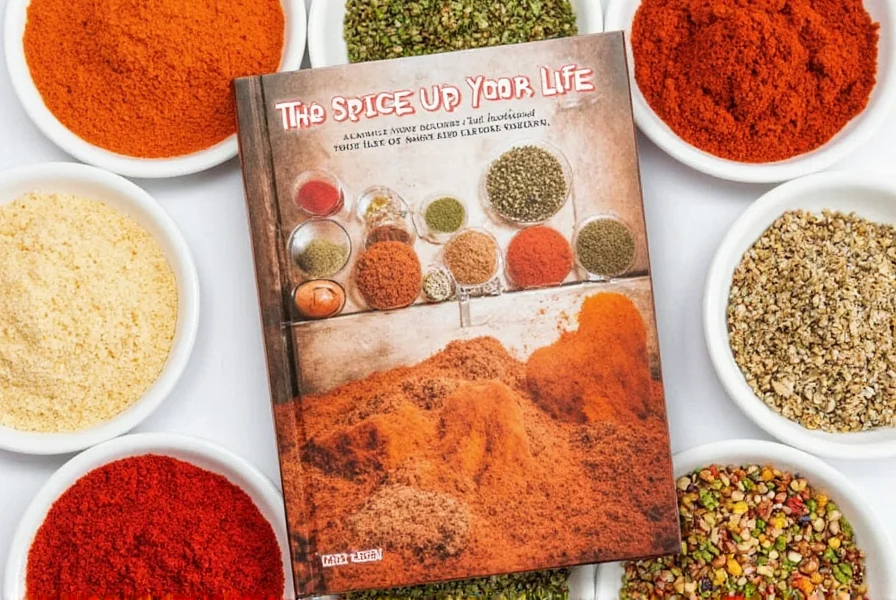
| Seasoning | Flavor Profile | Best Applications | Storage Tips |
|---|---|---|---|
| Paprika (Smoked) | Deep, woodsy, slightly sweet | Barbecue rubs, roasted vegetables, Spanish dishes | Store in airtight container away from light; use within 1 year |
| Garam Masala | Warm, floral, slightly sweet | Curries, stews, roasted meats, lentil dishes | Keep in cool, dark place; grind whole spices fresh for maximum potency |
| Za'atar | Tangy, herbal, nutty | Dips, flatbreads, roasted chicken, avocado toast | Store in sealed jar; consume within 6 months for best flavor |
| Garlic Powder | Rich, savory, concentrated | Sauces, marinades, seasoning blends, roasted potatoes | Keep dry; avoid refrigeration to prevent clumping |
| Smoked Salt | Intense smokiness, subtle saltiness | Grilled meats, roasted vegetables, chocolate desserts | Store in airtight container; protect from moisture |
Practical Tips for Using Seasonings
Follow these evidence-based techniques to maximize flavor impact:
- Layering Technique: Add delicate herbs (basil, parsley) at the end of cooking; add robust spices (cumin, paprika) early for deeper flavor penetration
- Salt Timing: Season proteins with salt 45 minutes before cooking for better absorption; add salt to liquids during cooking for even distribution
- Heat Activation: Bloom ground spices in oil for 30 seconds before adding liquids to release essential oils
- Balancing Act: When a dish is too salty, add acid (lemon juice/vinegar); when too sweet, add salt or acid; when too bitter, add fat or sweetness
- Texture Consideration: Use coarse sea salt for finishing; fine salt for baking; ground spices for smooth sauces; whole spices for infusions
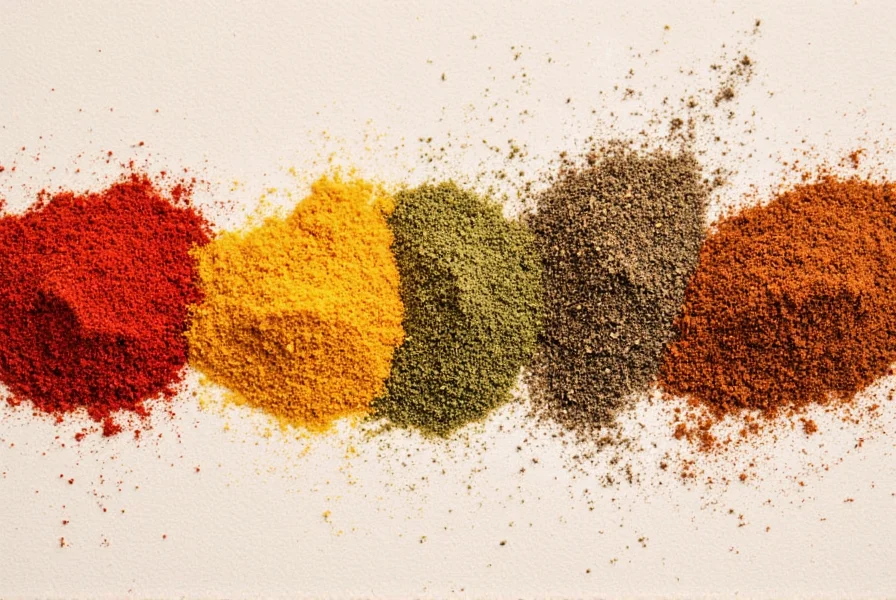
Frequently Asked Questions About Seasonings
How long do seasonings typically last before losing potency?
Ground spices maintain peak flavor for 1-2 years, whole spices for 3-4 years, and dried herbs for 1-3 years. The best test is aroma: if you can't smell the spice when crushing it between your fingers, it's lost its potency. Store in airtight containers away from heat and light for maximum shelf life.
What are the essential seasonings every kitchen should have?
Build your foundation with: kosher salt, black pepper, garlic powder, onion powder, paprika (sweet or smoked), cumin, oregano, cinnamon, and chili powder. These cover 90% of common recipes. Expand with specialty blends like garam masala or za'atar based on your cooking preferences.
What's the difference between herbs and spices?
Herbs come from leafy parts of plants (basil, rosemary), while spices derive from seeds, roots, bark, or flowers (cinnamon, cumin). Herbs generally have milder flavors and are often used fresh, while spices have stronger, more concentrated profiles and are typically dried. However, many herbs can be dried (like oregano), and some spices like ginger can be used fresh.
Can I substitute one seasoning for another if I don't have what a recipe calls for?
Yes, but with flavor trade-offs. Common substitutions: smoked paprika for chipotle powder (less heat), dried thyme for rosemary (more delicate), or cumin for coriander (more earthy). Always start with half the amount of the substitute and adjust to taste. For complex blends like Italian seasoning, use equal parts basil, oregano, and thyme.
How should I store my seasonings to keep them fresh longer?
Store all seasonings in airtight glass containers away from heat, light, and moisture. Never store near the stove or in the refrigerator. Whole spices last 3-4 years, ground spices 1-2 years, and dried herbs 1-3 years. Label containers with purchase dates and replace when aroma fades. For maximum freshness, buy whole spices and grind them yourself as needed.
What are some classic seasoning combinations I should know?
Essential pairings include:
- Garlic + Rosemary + Thyme: Perfect for roasted meats and potatoes
- Cumin + Coriander + Chili Powder: Mexican and Tex-Mex foundation
- Oregano + Basil + Marjoram: Italian cuisine staple
- Cinnamon + Nutmeg + Cloves: Pumpkin pie spice blend
- Smoked Paprika + Garlic Powder + Onion Powder: Classic BBQ rub
Conclusion
Mastering seasonings transforms cooking from routine to remarkable. By understanding flavor profiles, storage techniques, and strategic application methods, you can elevate any dish with precision and confidence. Start with foundational seasonings, experiment with combinations, and remember that balance is key—seasonings should enhance ingredients, not overpower them. With practice, you'll develop an intuitive sense for creating perfectly seasoned meals every time.
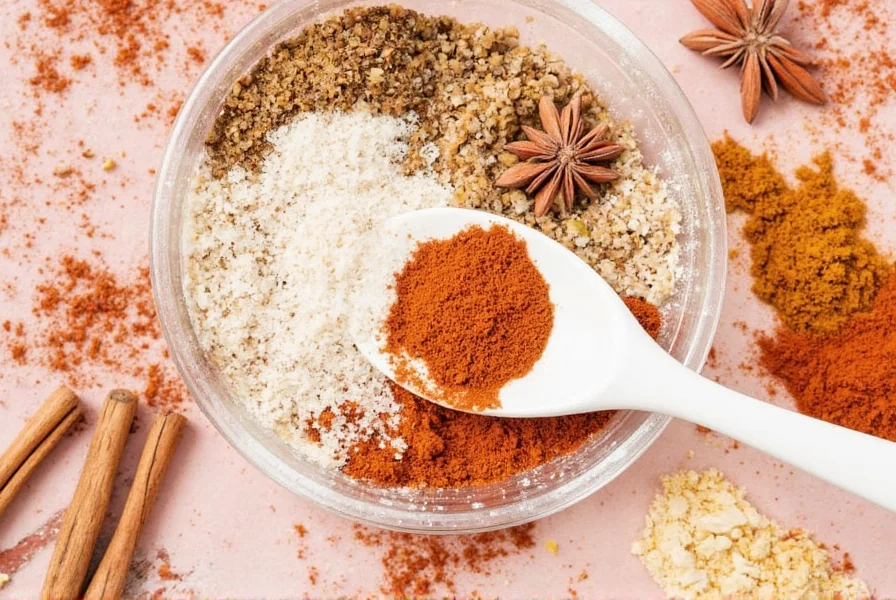

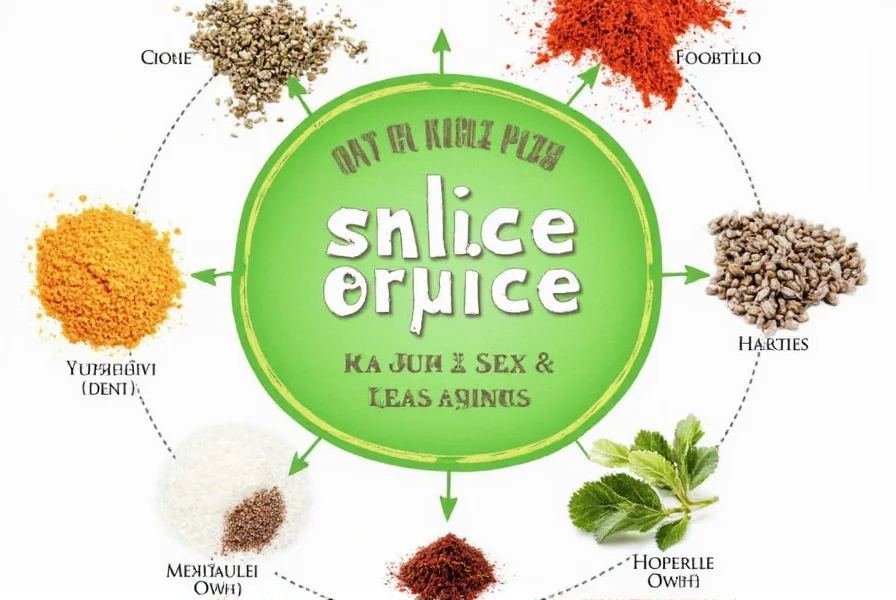









 浙公网安备
33010002000092号
浙公网安备
33010002000092号 浙B2-20120091-4
浙B2-20120091-4